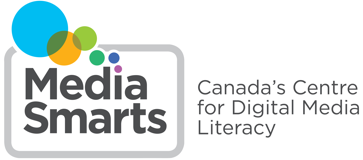We’ve put together some of our best resources to help you and your family manage during these uncertain times.
In this lesson, students compare print and TV ads for the same product and discuss the advantages and disadvantages of each medium to communicate a particular message. The class then brainstorms a public service message and discusses which medium would be a better way to communicate it and why.
In this lesson, students watch a video introducing the media literacy key concept that media have social and political implications.
In this lesson, students watch a video introducing the media literacy key concept that media have commercial implications.
In this lesson, students watch a video introducing the media literacy key concept that audiences negotiate meaning.
In this lesson, students watch a video introducing the media literacy key concept that media are constructions. They then explore this concept by considering a pair of cereal boxes and identifying the different elements of the box and the purposes they serve. In an optional final task, students pick a target audience and create their own cereal box to appeal to that audience.
This opening video to the Key Concepts of Media Literacy video series introduces students to the idea that the word media – which they may already know in the sense of the media industry (“the media”) – means channels of communication between a person or persons and their intended audience.
